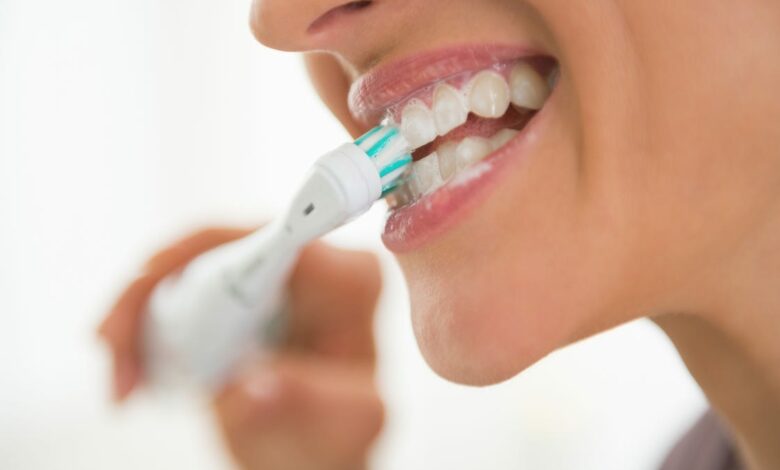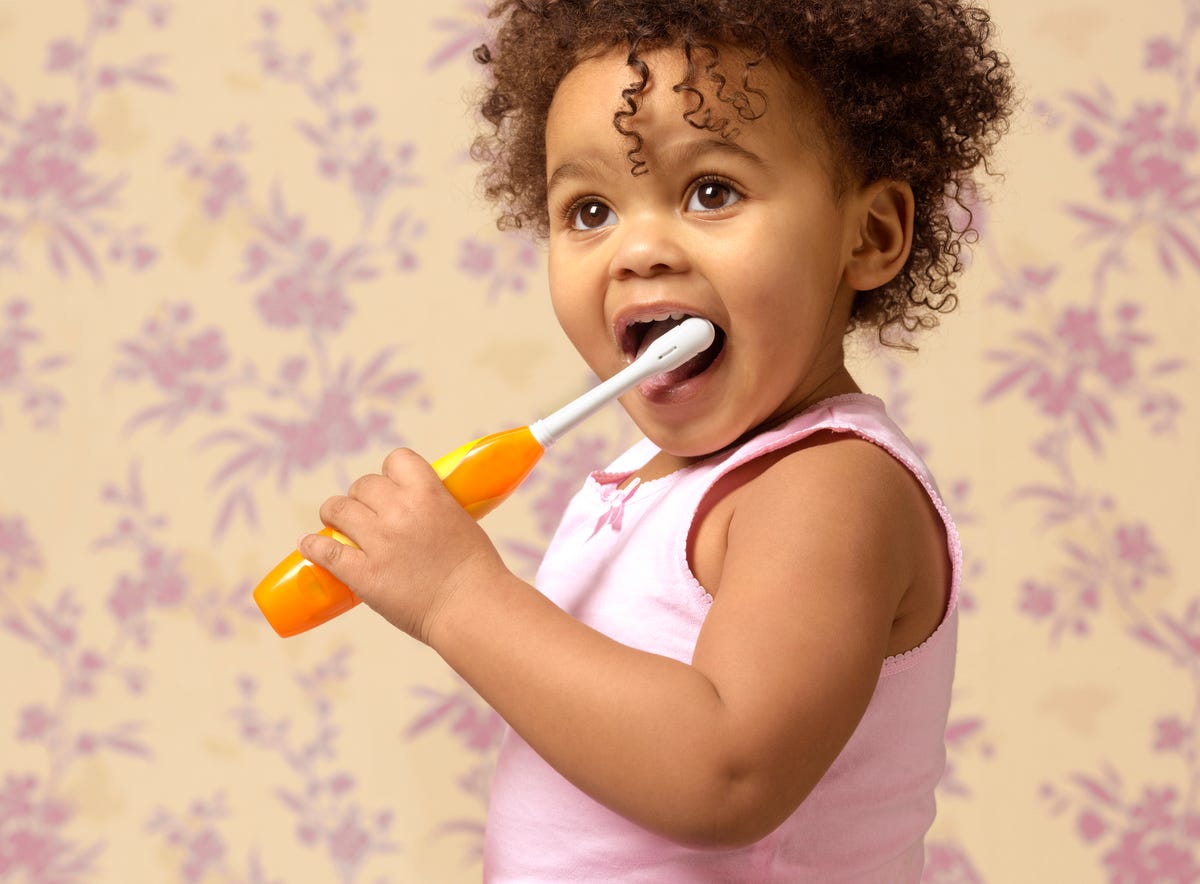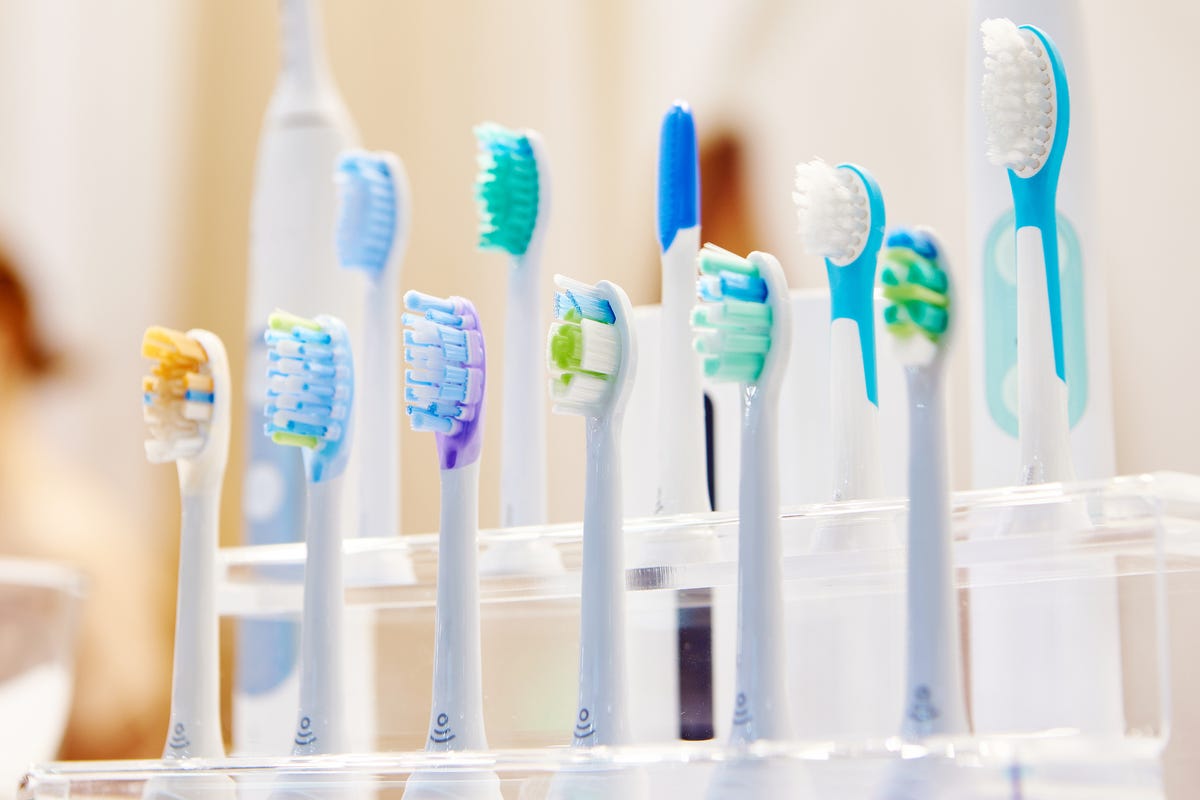Don’t compromise your oral health. How to use your electric toothbrush correctly




To keep your teeth as healthy as possible, the American Dental Association recommends brushing your teeth twice a day. 2 minutes per session. The type of toothbrush you use is entirely up to you. Some people prefer a standard toothbrush, while others appreciate the simplicity of an electric toothbrush. Electric toothbrushes are becoming more affordable and easier to find, with several benefits to back them up.
Switching to electric toothbrushes also requires a change in technique. You can’t use it the same way you would a regular toothbrush. Using electric toothbrushes correctly is essential to keeping your teeth clean and healthy. Read on to learn the benefits of these electric toothbrushes, common mistakes, and the right technique.
Benefits of an electric toothbrush
There are several advantages to using an electric toothbrush, such as ease of use and effectiveness. Here are some of the most important ones:
Electric toothbrushes may be more effective
Research has shown that electric toothbrushes can prevent tooth decay more effectively.
In 2014 the Cochrane Collaboration studied 56 clinical trials of unattended toothbrushing in over 5,000 subjects, both adults and children. Researchers found that those who used an electric toothbrush for one to three months saw an 11% reduction in plaque compared to those who used a manual toothbrush for the same amount of time.

The study also found that those who electric toothbrushes experienced a 21% reduction in plaque after three months of use, compared to their peers who used a manual toothbrush.
Another study that followed adults for 11 years also found that participants who used an electric toothbrush had healthier teeth. The 2019 study, conducted by researchers at the University of Medicine Greifswald in Germanyfound that those who used an electric toothbrush had healthier gums and retained 19% more teeth during the study than those who used a manual toothbrush.
A better choice for young children

Children often have trouble cleaning their teeth properly with a manual toothbrush. They may get bored before brushing for the recommended 2 minutes, making it easier for plaque to form on their teeth. An electric toothbrush can help. Because the heads of such brushes rotate in different directions, they provide more brushing power and can remove plaque more effectively in a shorter time. Some electric toothbrushes have built-in timersso younger children know when they have reached the 2-minute mark.
More effective at removing plaque if you have braces
Do you have braces? Then an electric toothbrush might be a better choice for your teeth. A study by the American Journal of Orthodontics and Dentofacial Orthopedics found that participants who used a manual toothbrush after getting braces were more likely to have plaque buildup and a greater risk of gum disease than participants who used an electric toothbrush.
Better at removing plaque
Your goal when brushing your teeth is to remove as much plaque as possible. This is because the bacteria in plaque attack the protective enamel of your teeth. Your teeth are more likely to decay and you are more likely to get painful cavities if you don’t remove this plaque.
Easier to use for some
An electric toothbrush may be easier to use for people with chronic pain or disabilities. That’s because the rotating brush heads do most of the brushing. With manual toothbrushes, you have to do the brushing yourself.
How to Use an Electric Toothbrush Correctly
Ready to make the switch to an electric toothbrush? Or are you ready to learn how to use yours properly? Luckily, using one of these brushes is relatively simple and requires no more work than using a manual toothbrush.
- Make sure your toothbrush is charged. Your electric toothbrush should have an indicator that lights up when it is charged.
- Hold your toothbrush at a 45-degree angle and begin brushing the outside of your teeth. Hold the rotating heads of the brush against each tooth for 2-5 seconds before moving on to the next.
- After you have brushed the outside of your teeth, move on to the inside. Hold the rotating brush head against these surfaces for two to five seconds before moving on to the next.
- Next, hold the brush heads against the chewing surfaces of your teeth. Hold your brush against these surfaces for a few seconds before moving on to the next tooth.
- You’re not done yet. Move the rotating heads of your electric toothbrush along your gum line and over your gums. This will remove any remaining plaque in your mouth.
- As a final step, gently clean the roof of your mouth and tongue with your toothbrush. This is a good way to remove stubborn food particles. Brushing these parts of your mouth can also help freshen your breath.
Common Mistakes When Using an Electric Toothbrush
Although it is easy to use an electric toothbrush, there are still mistakes you should avoid when brushing your teeth. Here are the most common ones:
Not brushing long enough
Don’t rush brushing. The ADA recommends brushing your teeth before 2 minutes twice a day with a soft-bristled brush. If you rush this, you are more likely to not brush away enough plaque that builds up on your teeth.
Not replacing a worn toothbrush head
Don’t overuse your electric toothbrush heads. The ADA recommends replacing these heads every three to four monthsIf the bristles on these heads become frayed or matted, you should replace them immediately, even if you have used them for less than three months.

Brushing too hard
You may be tempted to press hard when brushing your teeth, but this can have damaging effects on your teeth and gums. Brushing too hard can damage your gums and teeth. This can erode the enamel on your teeth, making them overly sensitive to hot or cold temperatures. Brushing too hard can also cause your gums to recede.
Using the wrong toothbrush
You can brush your teeth effectively with both an electric and manual toothbrush. You need to use the right brush. The ADA recommends using a toothbrush with soft bristles and a long handle that allows you to reach the back of your mouth. Want to make sure your toothbrush is in good shape? Check out the ADA Acceptance MarkBrushes approved by the American Dental Association have a seal of approval on the packaging.




